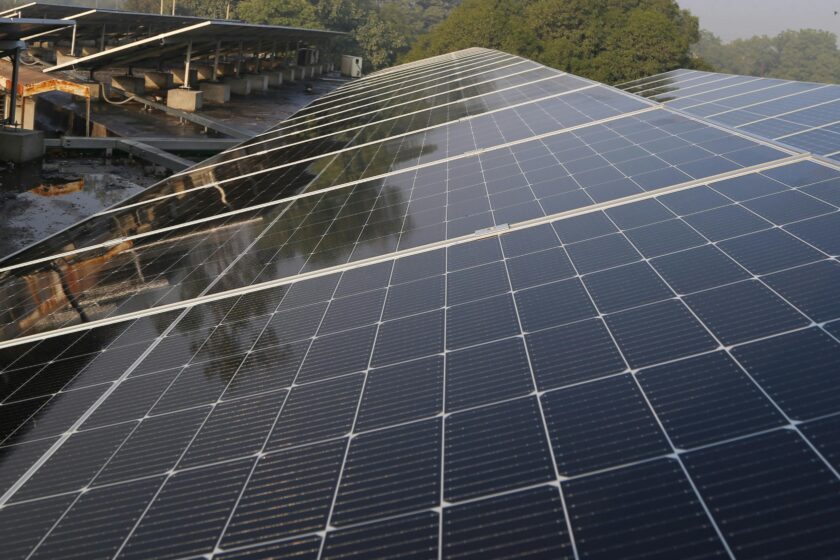
Electricity produced from renewable sources and in particular from photovoltaics is creating quite a few problems in the countries that have invested more than others in the topic. In Germany, global production capacity in 2023 would have stood at 456 terawatt hours and of these, according to the German Federal Network Agency “Bundesnetzagentur”, 55 percent, approximately 251 terawatt hours, would have been covered by renewable energy sources. Wind power contributed to this result with 31 percent, photovoltaic with approximately 12 percent and biomass production with the remaining 12 percent. However, according to calculations by the Baden-Württemberg Center for Solar Energy and Hydrogen Research and the Federal Association of the Energy and Water Industry, the approximately 55 terawatt hours generated by solar energy were concentrated mainly in the summer months , when the country’s energy demand is decreasing, and were partly induced by private mini-productions over which it is not possible to exercise any control. The result is a contradictory situation which has led to a collapse in the prices paid to “official” producers of photovoltaic energy.
In fact, there is talk of an 87 percent cut in prices compared to the average prices recognized before the renewable energy boom. It therefore happens that those who have invested in expensive photovoltaic parks today see their production sold off either because it is concentrated in periods in which supply exceeds demand or because the latter is partly satisfied by residential solar. The situation is also aggravated by the fact that the sector cannot reduce its production as it is protected by German laws, nor can action be taken on fossil-derived production as it is induced by power plants that require long times to be activated or deactivated.
With the result that those who own traditional power plants do a profitable business by selling energy when solar production drops. Therefore, those possibilities of rapid amortization of photovoltaic systems once guaranteed by incentives and sales returns, factors still in force in Italy, have disappeared. At the moment the photovoltaic energy produced in the Bel Paese is in fact paid at the price of the “Pun”, “Single National Price”, and this for now does not give rise to the problems mentioned above.
However, it is conceivable that already in the medium term and on the basis of what is happening in other countries we will move to an “hourly” rate, simultaneously eliminating any existing incentives for the implementation of new installations. Companies that aim to combine agricultural production with photovoltaic energy production therefore do their calculations well while also accepting the idea that “there is no certainty about tomorrow”.
Title: Photovoltaic, there is no certainty about the future
Translation with Google



